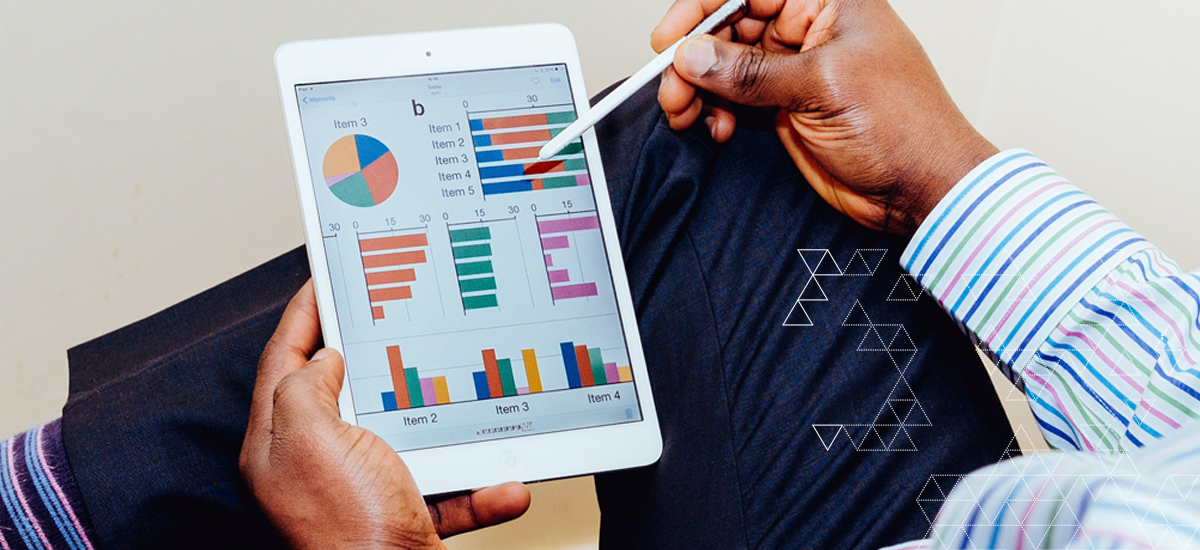Contributed by: Clark Schaefer Hackett.
Data visualization is vital for financial and business leaders. According to recent studies, organizations with real-time data visualization can quickly obtain critical information 78% of the time. That’s 22% more often than organizations without it.
Strong data visualization capabilities make companies twice as likely to use data when making decisions, three times more likely to execute decisions, and five times more likely to make decisions faster than peers.
Three questions visual dashboards can help answer in real time.
How do I predict future business conditions?
Visualization tools can help CFOs view emerging economic trends and how they should shape revenues, profitability, and operating expenses
in response.
For instance, CFOs can view the impacts that anticipated job growth and other forms of economic expansion are expected to have on their own companies. This includes hiring, contractor costs, and supply chain activities. Moreover, finance chiefs can use heat maps and other visualization tools to see how market trends are expected to impact both revenue growth for their companies as well as costs.
How do I move quickly to identify and mitigate risk?
CFOs can rely upon visualization tools to identify top risks facing their organizations, as well as different layers of risk and how they can affect revenues, profitability, and other economic outputs.
For example, the CFO for a retail bank can use visualization tools to view the potential risks facing the performance of its loan portfolio, including
the likelihood of customer defaults, anticipated changes in credit costs, and other factors.
How do I reduce costs through tighter inventory control?
CFOs can use visualization techniques to obtain clearer pictures of the demand for their products and services. For example, the CFO of an electronics retailer can use visualization tools to anticipate how many new smartphones or tablets to stock when new products hit the market.
Alternatively, a CFO for an automaker can use visualization tools to better anticipate the numbers and models of vehicles to make available in different geographies or dealerships based on sales volumes and anticipated demand. More effective inventory management can help CFOs better utilize warehouse space, reduce markdowns, and increase profitability.
Contributed by:

CLARK SCHAEFER CONSULTING
One East Fourth Street, Suite 1200
Cincinnati OH 45202
https://www.cshco.com




